If you’ve ever used Netflix, Pinterest or Facebook, you’re familiar with the Web’s seemingly magical way of knowing exactly what you should watch, eat or listen to next—and, usually, it’s pretty spot-on. But how?! Enter Diane Hu, the woman behind the monitor. Using low-level information, this Etsy-based data scientist can draw higher-level conclusions about user likes and dislikes, simplifying and personalizing the Etsy experience.
Besides receiving a Ph. D. in computer science, Diane also is a wedding and portrait photographer with a penchant for candids (her favorites involve wide-mouthed laughter!). The west coast transplant loves the personal independence and creative aspects she has garnered from both passions, and gaining “real life” experience a little later than most hasn’t slowed her down. Her commitment to grad school and late mornings proves it isn’t just the early bird who gets the worm—or the coffee.
While so much science may sound like a drag, don’t write it off. Between catered lunches, knitting classes and a standing “bring your dog to work” policy, a day at the office never sounded so good. Add to that the progressive nature of technology and you’ve got a widely transferrable set of skills, not to mention an exciting career path that’s constantly in flux. For women unsure of the next move, Diane says ditch the male-oriented stereotype and consider (just consider!) the endless possibilities of a career in technology.
This interview was originally published in 2016.
Many people find the transition between college and “real life” a bit daunting. Can you tell us about your journey between the two? What was your first job post-college?
I went straight from undergrad to graduate school, so I had my first "real life" experiences a lot later than most people. Summer internships with tech companies really helped with the transition. My most valuable internship was toward the end of my Ph.D. program, when I interned with Yahoo! Labs. It was my first time applying my academic training in an industry setting, and it was a difficult summer! The data we worked with was a lot larger in scale and messier than the toy datasets used in academia, which resulted in having to learn a lot of new concepts and tools in order to apply even the simplest algorithms to the datasets. This experience was very valuable to me and acted as a stepping-stone to getting my first full-time job out of graduate school, which is my current position as a data scientist at Etsy.
What was your path to becoming a data scientist?
I started out as a freshman in college with very little idea of what I wanted to do. Computer science caught my eye because I’d always enjoyed using tech products, and it seemed like an extremely versatile field with applications to everything from biology and medicine to movies, music and art. I had almost no experience with programming, and the first two semesters of computer science courses (which were introductory programming classes in Java) were extremely difficult for me. It was unlike anything else that I had previously studied—basically learning a new way of communication (communication with a computer!).
Despite all of that, it was so much fun—the most fun I’d ever had in any of my classes. I began seeing a connection between my interest in coding and my love for building, designing and creating things. Coding allowed me to build programs that could automatically take care of tasks or quickly find solutions to problems that I didn’t want to do myself.
I decided to go to graduate school after undergrad because I wanted to learn more than just programming—I wanted to have a more advanced understanding of how computer systems are used in real world applications. I chose to study machine learning because of its far-reaching impact on many types of web technologies. It is used in all sorts of applications, ranging from predictive analysis (will housing prices go up?) to classification problems (is this article about politics or sports?) to recommendation systems (what kind of products does this user like that we can recommend to them?), and many more.
My time in graduate school was spent trying to come up with novel statistical and mathematical models that could be used to solve general problems, and publishing academic papers about them. After I finished my Ph.D., I decided that I’d had enough of academia and wanted to put my skills and knowledge to use on real products. The data science role is perfect for this, as I get to apply my knowledge of machine learning to creating features that are used by millions of users that stop by the Etsy website everyday.
You’re also a wedding and portrait photographer. How did you get into that field, and what about photography initially interested you?
Six years ago, I had just ended a long-term relationship and decided it was time to pick up some new hobbies. I’d always loved drawing and painting and thought that photography would be an interesting medium to try. So, I ended up buying a used DSLR from a friend on a complete whim—I didn’t even know what brand or model it was until I finally opened the box three months later!
Once I did, I began to really enjoy it. I’m a sentimental person, so I liked taking my new camera around with me to document and remember things. But what really got me obsessed was when I discovered the 365 Project on Flickr, which is where people commit to taking a self-portrait every day for one year. I remember discovering the self-portraiture/editorial work of photographers like Miss Aniela, Rosie Hardy, Kirsty Mitchell and Jingna Zhang. Up until then, my idea of good photography was a vivid sunset or pretty flower. Their work fundamentally changed my view of photography and opened my eyes to its vast story-telling capabilities.
I started my own self-portraiture project, which turned out to be an incredibly fun and soul-searching experience. More importantly, it led me to realize how much I loved photographing people, and this eventually turned into a small portrait and then wedding photography business. Even though I miss the days when I only did creative, personal work, I love shooting weddings and portraits more than anything else because I constantly get to meet new people, hear their stories and make them look and feel beautiful. It’s incredibly thrilling and rewarding for me.
What do you love most about working at Etsy? What is the company culture like?
I love so many things about Etsy. First of all, I love my role at Etsy and the work that I do. I have a lot of freedom in terms of choosing projects that interest me, and it’s wonderful to have an impact on the products that I, myself, love and frequently use.
The company culture is one of the most amazing things about Etsy. The office environment is friendly and cozy; it feels like home. Above all, people are kind and passionate about Etsy’s mission for empowering small, creative businesses. It also goes without saying that Etsy employees themselves are fun, creative and artistic, including the engineers! There also are so many awesome perks offered to us, be it leadership workshops, healthy snacks and lunches or awesome “extracurriculars” such as Etsy School, a series of after-work classes where Etsy employees teach each other different skills: everything from Android programming, to screen-printing and knitting.

Although many people have heard the job title data scientist, only a few know exactly what the position entails. Could you give us a brief overview?
Data science is a really broad term. In the tech industry, it usually refers to work that tries to extract higher-level knowledge (usually about customers) from low-level data, on a large scale, in order to improve some sort of product or experience. Here, high-level knowledge can refer to specific things you might know about a friend—for example, the types of movies they like, whether they’re allergic to gluten or even how they feel about the current city mayor. Having this kind of knowledge can be extremely useful for content or service providers as it can help them better serve their customers. However, it would be unrealistic for them to reach out to their enormous customer base and ask them these questions individually.
What companies do have are piles and piles of data concerning how users navigate their site and/or consume their content. For example, a company like Netflix can record data such as which movie a user has watched, how long they watched it for and how many times they watched it. The role of the data scientist is to take this sort of low-level data and find patterns in order to draw higher-level conclusions—things that even humans might consider abstract or subtle—about what exactly this user likes and dislikes about particular movies. If the prediction is good enough, Netflix will be able to recommend movies that are more personalized to this user’s preferences in the future, and thus, the user will be more likely to watch them.
What types of data are you dealing with on a daily basis? How do you use data to improve products?
Etsy, like all e-commerce sites, records pretty much every move a user makes. Some of the most obvious ones include when and how often a user visits the site, what listings a user has viewed, favorited and purchased, and which search queries a user has issued and which of the resulting items were clicked on, viewed and then purchased.
As mentioned earlier, the data science team at Etsy tries to turn this kind of low-level data into useful high-level information. An example of high-level information we’re looking to find might include answers to questions like: Why has this person come to Etsy? What are they looking for? Did they just move into a new house and are looking for new office furniture? If so, what style of furniture are they interested in—mid-century modern, industrial, rustic, shabby chic, etc.? And if they just bought a desk, would they also be interested in a chair of similar style? With these questions in mind, we then develop mathematical/statistical models that consume the low-level data that Etsy records and uncover high-level patterns that can be interpreted in a way that answers these questions. Knowing this information gives us tremendous advantage in providing a better user experience. Because e-commerce websites like Etsy have so many different products (30 million active listings at any given time), it can be difficult to find something using a traditional search engine, which normally matches by keyword relevance. For example, a search query like “wooden desk" will match thousands of relevant listings that buyers must then browse through before they find ones that match their style. Understanding a user’s intent and taste allows us to better re-rank search results and recommend products that are relevant to what the user is looking for.
If we had the chance to peek at your schedule, what would an average day look like?
Like many software companies, our days begin pretty late! I’m not a morning person at all, and usually stumble into the office between 10:30 and 11:00 a.m. (coffee in hand). The rest of my day is spent coding. I’m usually working on three to four different projects at once, so I switch between several different programming languages and work within multiple technology frameworks, including a web stack and a distributed computing framework.
I also have, on average, one to two short meetings per day, in which I meet with other data scientists, software developers and product managers. We discuss everything from what features we should work on next and how they should be integrated into the Etsy user experience, to strategies for evaluating effectiveness of different models/algorithms, and when to launch features to live traffic.
Twice a week, Etsy also invites local restaurants to cater/cook lunch for us (this is called Eatsy). The food is usually locally sourced, healthy and delicious. Each day also is full of coffee/snack runs, playtime with Etsy dogs (people are allowed to bring their dogs to work!) and lots of browsing and Favoriting on Etsy of course!
What kind of challenges do you face on a day-to-day basis and how do you deal with them?
One of the biggest challenges is that the field is constantly evolving and, in order to stay on the cutting edge, there’s always new stuff to learn. New machine learning techniques are developed in academic research all the time, and it’s our job to keep up with relevant research and vet it for scalability and ease of implementation for use in a real, working system. This can be exciting, but also is overwhelming, as we must balance exploring new research with the expectation to create and launch products for our users. I'm not sure if I have any special ways for dealing with these challenges, but open communication with team members about priorities and collaborations with academic research labs have been helpful in this regard.

What advice would you give to women who are interested in a career in engineering/technology?
I would say to do it! It makes me so happy whenever I hear that women are interested in computers or engineering. Women currently make up only 10% of most computer science departments and tech companies. I can’t tell you the countless number of times I’ve been the only female engineer in a computer science course or a company meeting.
Technology is becoming increasingly pervasive—in the form of web services, social media, smartphones, tablets, etc.—and both men and women alike are consumers of it. Why shouldn’t women play an equal role in its development, design and innovation? We desperately need more women to contribute their unique ideas, personalities and perspectives to the current engineering/tech culture.
My hope is for more women to consider (just consider!) getting training in computer science or a related field. From my experience, women tend to write it off completely because social norms have stereotyped it as “hard” and “boring.” In my experience, this is far from the truth. It may be difficult at first because it is very different from any of the traditional subjects taught in most middle and high schools today, but it is not more or less hard than other fields that women currently excel in. I’ve had many experiences tutoring students (male and female) learning to program for the first time, and there’s nothing like seeing their eyes light up when they get their program to work for the first time. It’s an awesome and rewarding feeling.
There also is a frequent misconception that studying computer science is solely about coding and spending the rest of your life as a software engineer or programmer. The reality is that coding is more or less just a tool for accomplishing higher-level tasks, and a technical background is useful in almost any field. Many women I know move onto other fields after getting computer science training, but their technical skills continue to empower them in many different roles, including those for management, leadership and entrepreneurship. I’ve definitely benefited from my technical background as a wedding photographer, too. The possibilities are endless!
How do you handle work/life balance?
My approach to not having work take over my life is to have other things in life that I enjoy doing just as much as work—a “passion project,” if you will. It’s not so hard to break away from work when you’ve got something just as exciting waiting for you! For me, my favorite hobbies allow me to relax, but still feel meaningful (photography, for instance). I’ve also learned that involving other people in your hobbies makes a world of a difference. Since moving to NYC, I’ve made it a point to stop doing photography in isolation and make more friends who share my passion. As a result, I’ve found some awesome people to spend time and have fun with. Even better, they’ve helped me to grow my business and have inspired me to become a better photographer.
How does your creative work influence your scientific work? Do you see similarities between the two?
The main reason I was drawn to computers in the first place was because I saw it as a means for creating things. I’d loved drawing/painting since I was super young, and always thought I would grow up to be an animator of some sort. I started using computers when I was in elementary school, and of course my favorite thing to do was to use the drawing and painting programs to make art. In high school, I taught myself how to use Paint Shop Pro (a poor man’s Photoshop) and began taking classes and eventually did some freelance web and graphic design work. These experiences attracted me to the idea of not just being skilled at using computer programs, but also being skilled enough to create such a program myself.
Programming and software design, in itself, is an art. Developers do not aim to just make code work. They aim to make it work in the most elegant way possible, in the sense that is it clean, reusable and scalable. While this kind of beauty is very different than the beauty of a visual art piece, I find that the process of striving for and admiring beauty is still very similar, be it a piece of code or a photograph. I have a certain style of coding that suits me in the same way that I have a very strong photographic style. I think it is no coincidence that I am drawn to both of these things, because both art and programming allow me to make decisions on what I want to make, and how I will make it.
And finally, what do you wake up looking forward to? What’s next for your career?
Honestly, all of the open problems and features that are still left for us to solve and implement at Etsy! I have more ideas than I have time for, so getting to tackle all of those ideas someday is definitely worth looking forward to. Etsy also is going through an exciting time right now, as our company and user base is seeing tremendous growth. At the same time, we have some big changes coming to the site soon as we’re moving toward a more social and personalized experience, and I’m so excited to be a part of that.
You May Also Like
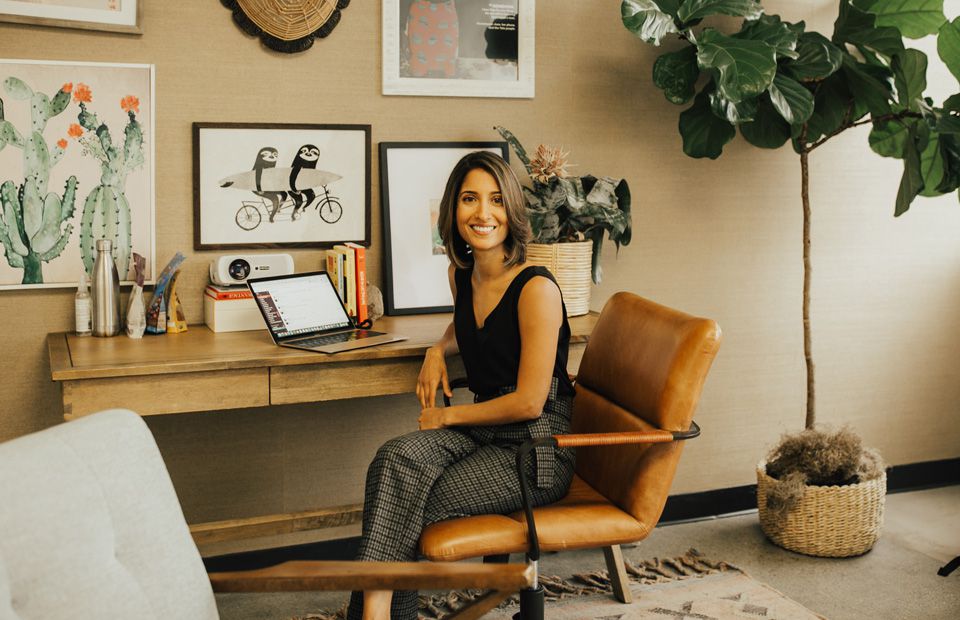
Technology
A Tech Founder on Why Being an Outsider Is a Strength
"I actually think most successful founders are rebels, of a sort. We’re trying to do new things and take on entrenched systems or ways of thinking. What makes me and our company different is that we’re outsiders."
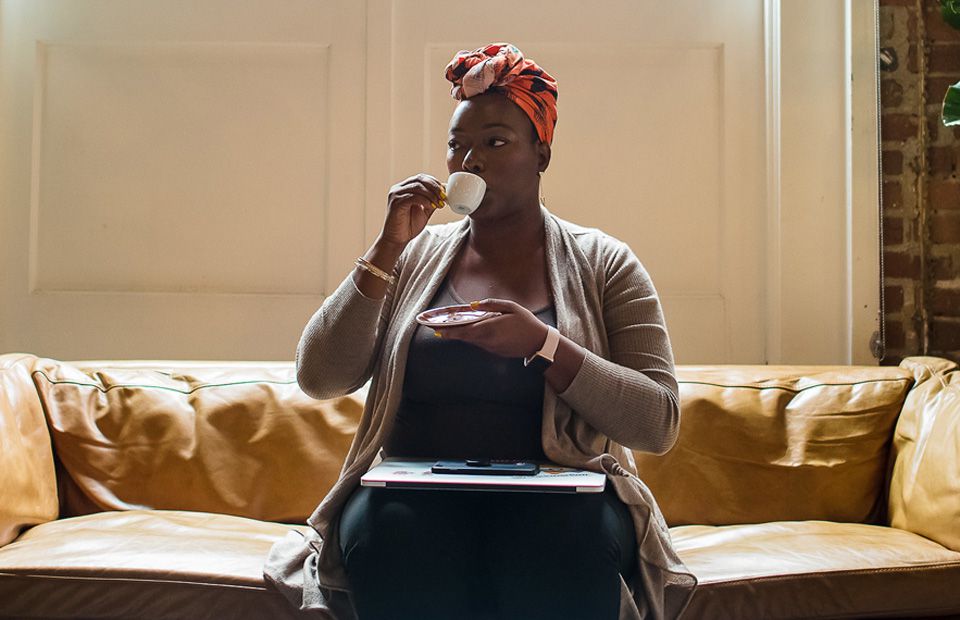
Technology
Omoju Miller—Tech Veteran, Leader, and Volunteer Advisor to the Obama Administration—on The Crucial Role of Creativity in the Tech Industry
"If you are in an environment where you feel marginalized, leave. Don’t try to change it. Go and look for a place that sees you and lets you be you."
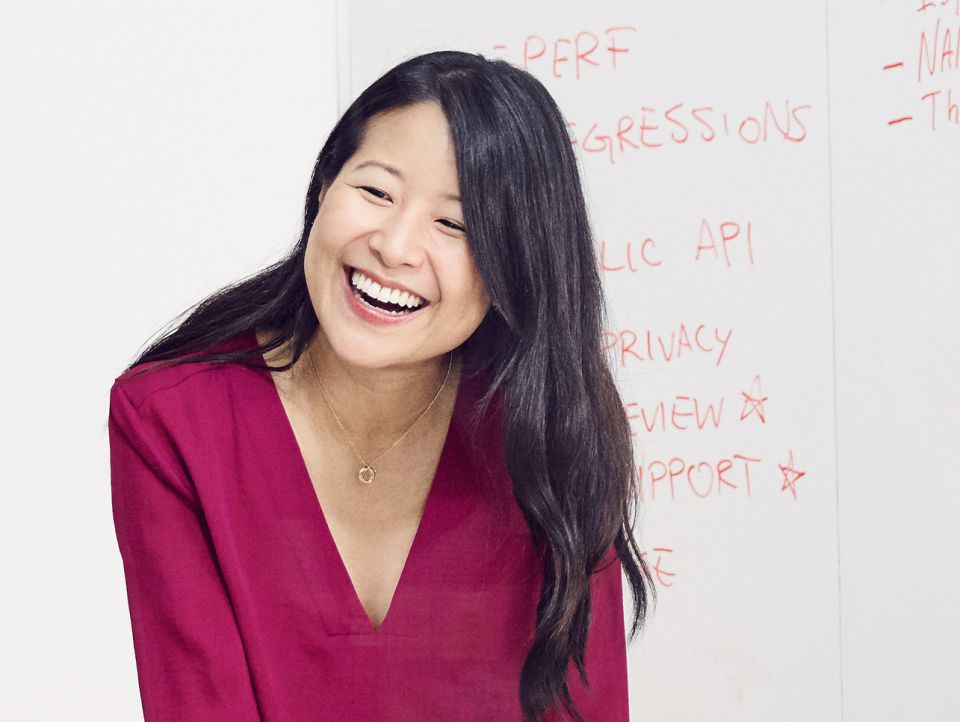
Technology
Sharing Stories as a Software Engineer
We sat down with Apple software engineer Emilie to learn about her day-to-day working at Apple along with what it takes to run the perfect meeting and her favorite ways to unwind.
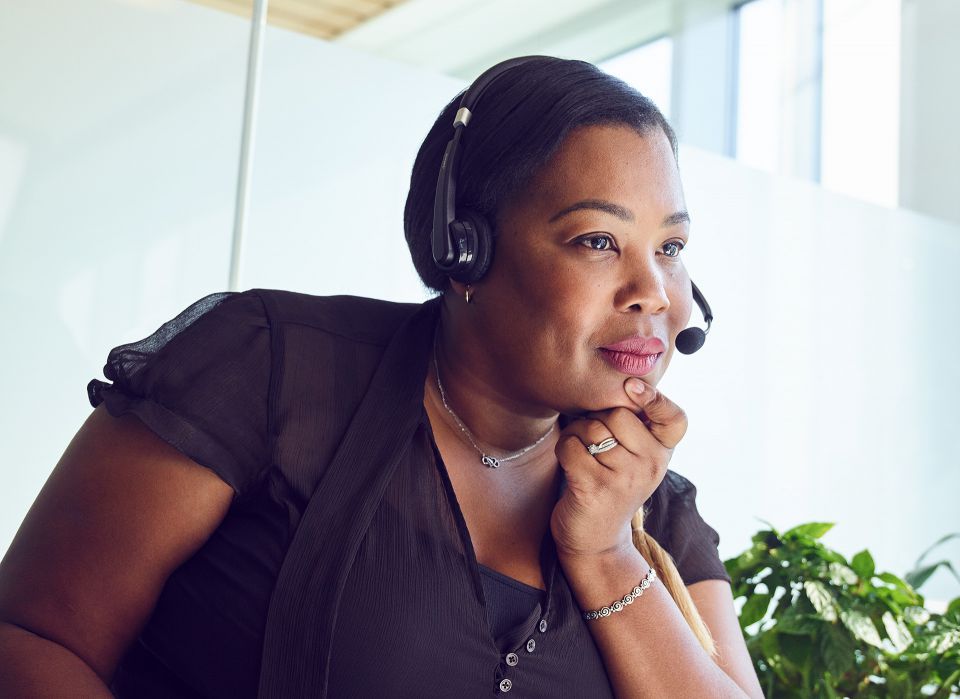
Technology
Creating Impact with Apple
We sat down with Apple's Senior Developer Partner Relations Advisor, Cris, to learn about what it takes to create a lasting impact within a large company. She shares a typical day in the life, her favorite book recommendations, and her top four tips to running a meeting.
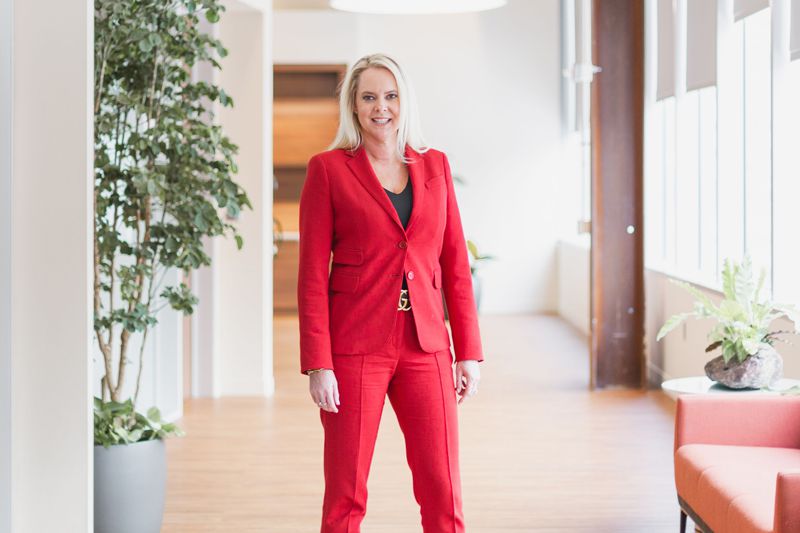
Technology
Salesforce’s Senior Vice President of Sales on Unconscious Bias, Failure, and Innovative Leadership
"Do not be afraid to fail, just bring your best self to the table."
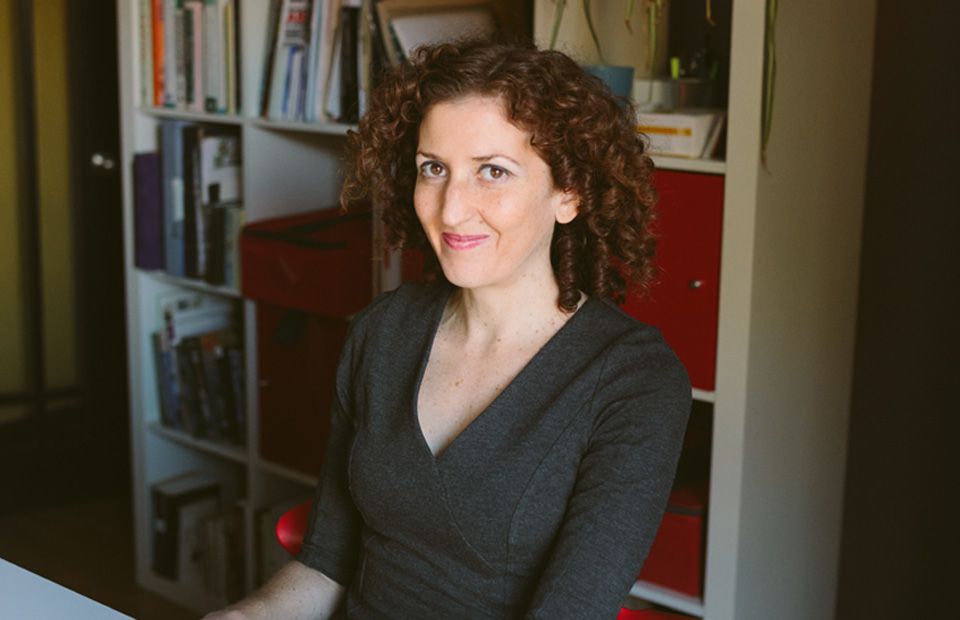
Technology
A Director of Engineering on Tech + Leadership
"I don’t believe in 'having it all'. If you spend more time on one thing, then you spend less time on another thing. All we can do is make choices on how to spend our time."
Get the Best Career Advice Delivered To Your Inbox
Join our newsletter to stay in the loop.
